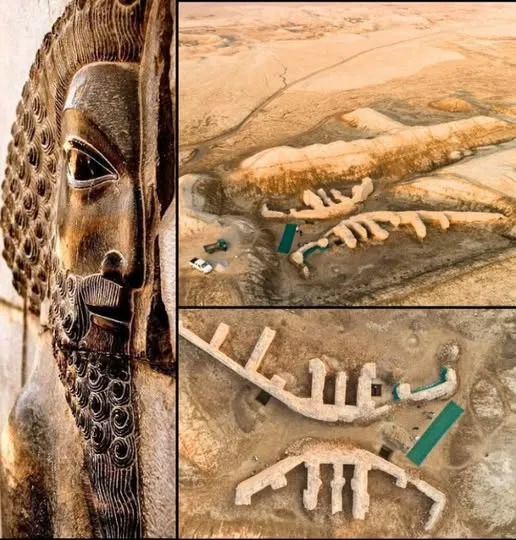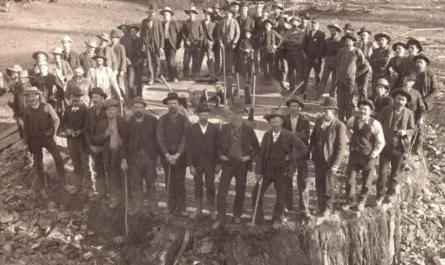Imagine a device, built millennia ago, designed not for war, but for the very survival of a civilization. A structure so innovative that its principles weren’t formally understood for thousands of years. This isn’t a sci-fi plot; this is the astonishing reality unearthed in the sands of ancient Iraq: the Sumerians’ 4,000-year-old “anti-drought machine.”
For nearly a century, a peculiar structure nestled near modern Nasiriyah, in southern Iraq – specifically within the ancient Sumerian city of Girsu – was largely misinterpreted. Back in the 1920s, early archaeologists, encountering its unusual shape, believed it to be nothing more than an oddly designed temple. But recent, meticulous digs by the British Museum have peeled back the layers of sand and time, revealing a far more profound truth: this was an “innovative civilization-saving machine.”

From Temple to Triumph: A Re-Discovery Powered by Modern Tech
The journey to this groundbreaking re-interpretation began with aerial insights. Drone mappers, surveying the rural Iraqi landscape, identified a surprisingly long, 19-kilometer (12-mile) canal stretching across the terrain. This discovery prompted archaeologists to re-examine structures built along its path, leading them back to the enigmatic site at Girsu.
Girsu, once a thriving Sumerian city dating back to the 3rd millennium BC, was a hub of religious and political life, dedicated to Ningirsu, the god of war and agriculture. It was here that the true purpose of the “temple” began to unfold. What they had stumbled upon was not a place of worship, but a marvel of ancient engineering: a unique “anti-drought machine.”
The Genius of the Girsu Flume: Harnessing the Venturi Effect
The British Museum’s experts now describe this ancient lifesaving device as a “flume” – a sophisticated structure built over the canal, designed with a singular, crucial purpose: to deliver life-giving water to distant agricultural lands.
What makes this flume truly extraordinary is its design. The structure narrowed the long canal into a precise 5-meter (13-foot) wide passage. This seemingly simple modification created what modern scientists identify as the Venturi effect. For those unfamiliar, the Venturi effect describes the phenomenon where a fluid (in this case, water) moving through a constricted section of a pipe or channel speeds up, leading to a decrease in pressure. This increased velocity allows for more efficient water delivery over long distances, even overcoming slight elevation changes or maintaining flow in challenging terrains.
What’s mind-boggling is that while the Venturi effect wasn’t officially described or formalized in scientific terms until the late 1700s, the Sumerians were clearly applying its principles with remarkable precision four millennia earlier! As Ebru Torun, an architect and conservationist collaborating with the British Museum archeologists, emphatically stated, “no other example of it exists in history, really, until the present day. It’s absolutely one-of-a-kind.”
A Last-Ditch Effort to Save a Civilization
The context of its construction adds a poignant layer to this discovery. This ingenious flume was built by the last people of Girsu. Facing an existential threat from prolonged agricultural disaster, likely due to severe drought or shifting water sources, they embarked on this monumental engineering project. Their desperate, final effort was to send precious water to faraway farms, including the vital main city of Lagash, in a desperate bid to prevent their civilization from withering away.
This “Anti-Armageddon Device” stands as a powerful testament to the remarkable resourcefulness, scientific acumen, and sheer will to survive possessed by the ancient Sumerians. It forces us to reconsider the perceived limitations of ancient technology and celebrates the enduring human spirit to innovate in the face of environmental adversity. The sands of Iraq continue to yield secrets, reminding us that the echoes of brilliant minds from millennia past still resonate today.





